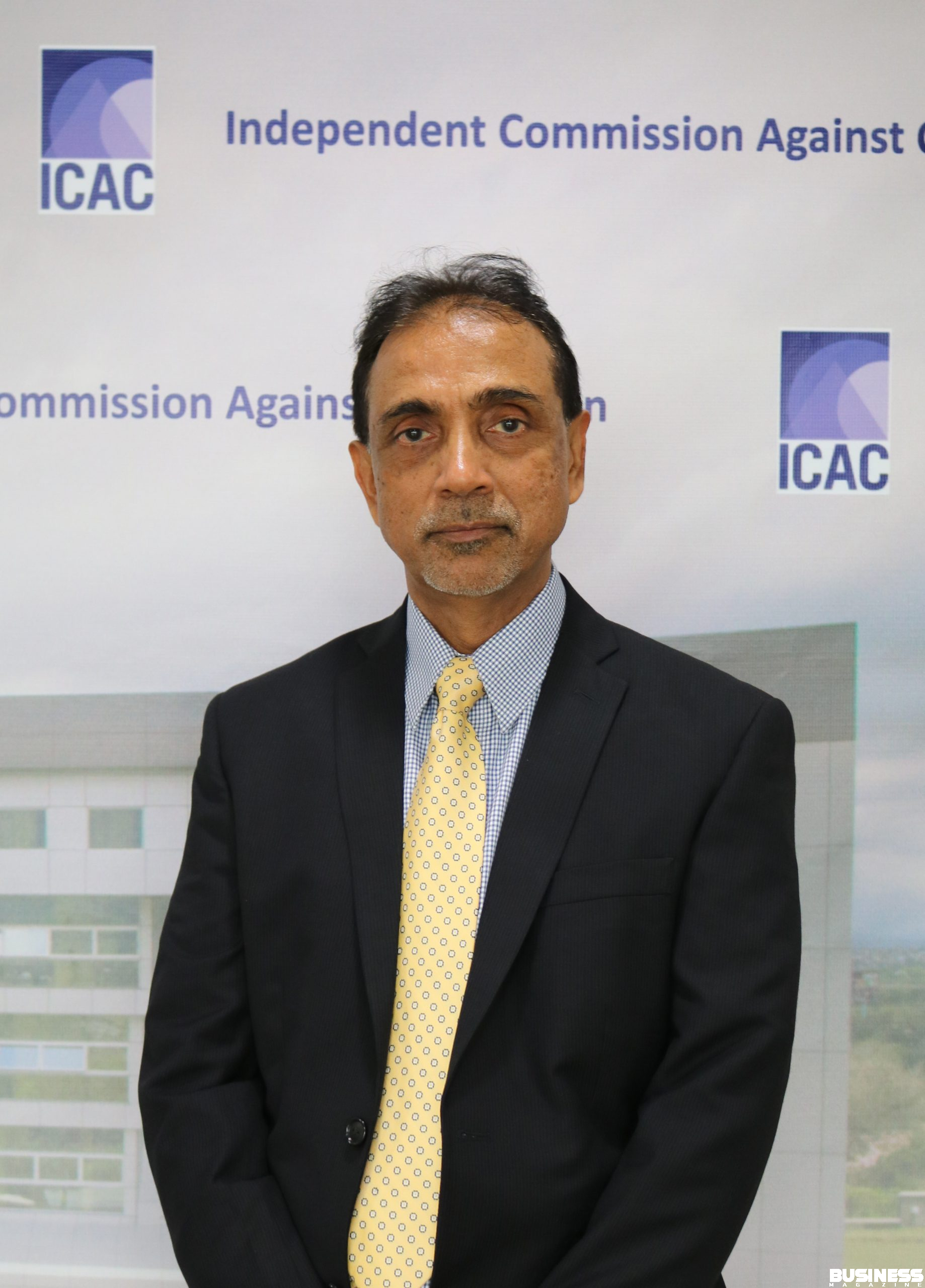Money talks!
Share

To refer to a quote of Warren Buffett, an American business magnate: ‘‘Aspire to give to shareholders and investors all the information they need at the same time for them to make informed decisions”. Getting CEOs to disclose proactively their financial performance is not as easy as it would seem. Even when companies boast laudable results, there is often that fear of over-communicating or revealing too much to competition.
Quoted companies are most likely to do the basic mandatory disclosures whilst, at the other end of the continuum, the global corporate governance practices increa-singly call for more transparency. So why does E&Y, one of the big Four in the audit space, in one recent global survey, rank excellence in investor relations as one of the biggest opportunities that companies have? Simply because it is one of the most untapped potential in a company’s quest to drive shareholder value.
The board also has a critical role to play in the way a company communicates its financials. Communication people or investor relations (IR) specialists would ideally have a meeting with the audit committee and also have the board members act as a sounding board to ensure that all messages reflect the reality and are in line with the vision and the strategy of the company. A chairman will often give the direction as to IR and leave the CEO to implement it.
The financials are only one part of the IR campaign; other components include the brand and the evolution of same, and the intelligence and forecasts that leaders are willing to give. Brokers and the investor community at large want to know how far they can trust the company to multiply their return on investment.
As in all communication campaigns, financial communication should comprise of consistent messages which will comfort the investor communities and all other stakeholders that the company is coherent in its strategy. If a company changes strategy each quarter, this will not comfort the investor community. There is nothing more confusing as a company that goes left, right and centre.
Briefings with spokespersons are also keys to ensure everyone is on the same wavelength. Audience analysis is also important during IR. Do we handle investors, shareholders or media in the same manner or at the same time? Probably not.
Depending on each stakeholder, one should determine what works best for one’s IR campaign. Investors may prefer an early meeting before hitting the office. Most CFOs will also have one-on-one with powerful brokers as these interactions are keys to better understand the company’s vision.
Media might prefer a pre-lunch brie-fing. Town halls with staff may be planned at the end of the day or, if in a large company, newsletters or a video posting may be sent to employees.
Globalisation has also brought technology in IR campaign: video conferences, video posting on website, webinars… These platforms and tools have brought a new era of IR 2.0 where feedback is readily sought from stakeholders. In one case of a very difficult IR, we even had a hotline and an email access for shareholders to communicate with the company.
Long gone are the days where companies could withhold information to investors and shareholders. The various scandals “à la Enron” and the global financial crisis have further placed companies under scrutiny; the Sarbanes Oxley 2002 Act in the US has now put accurate financial disclosure as mandatory and has put additional pressure on international audit practices and standards. As such, companies are bound to adopt the transparency route. Instead of seeing it as a burden, they should take investor relations as an opportunity, as the returns in terms of image and reputation, if done well, can out measure risks.

















